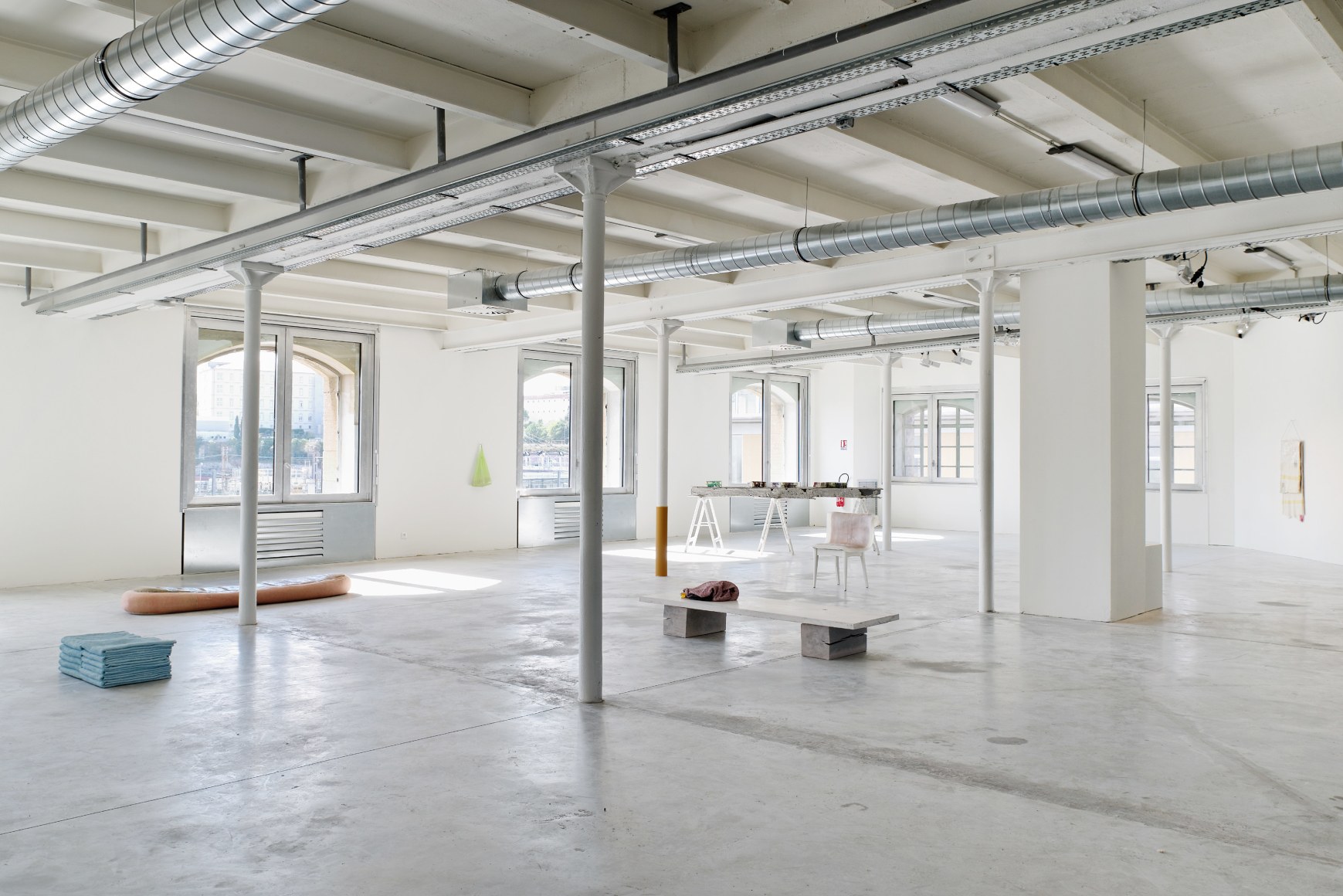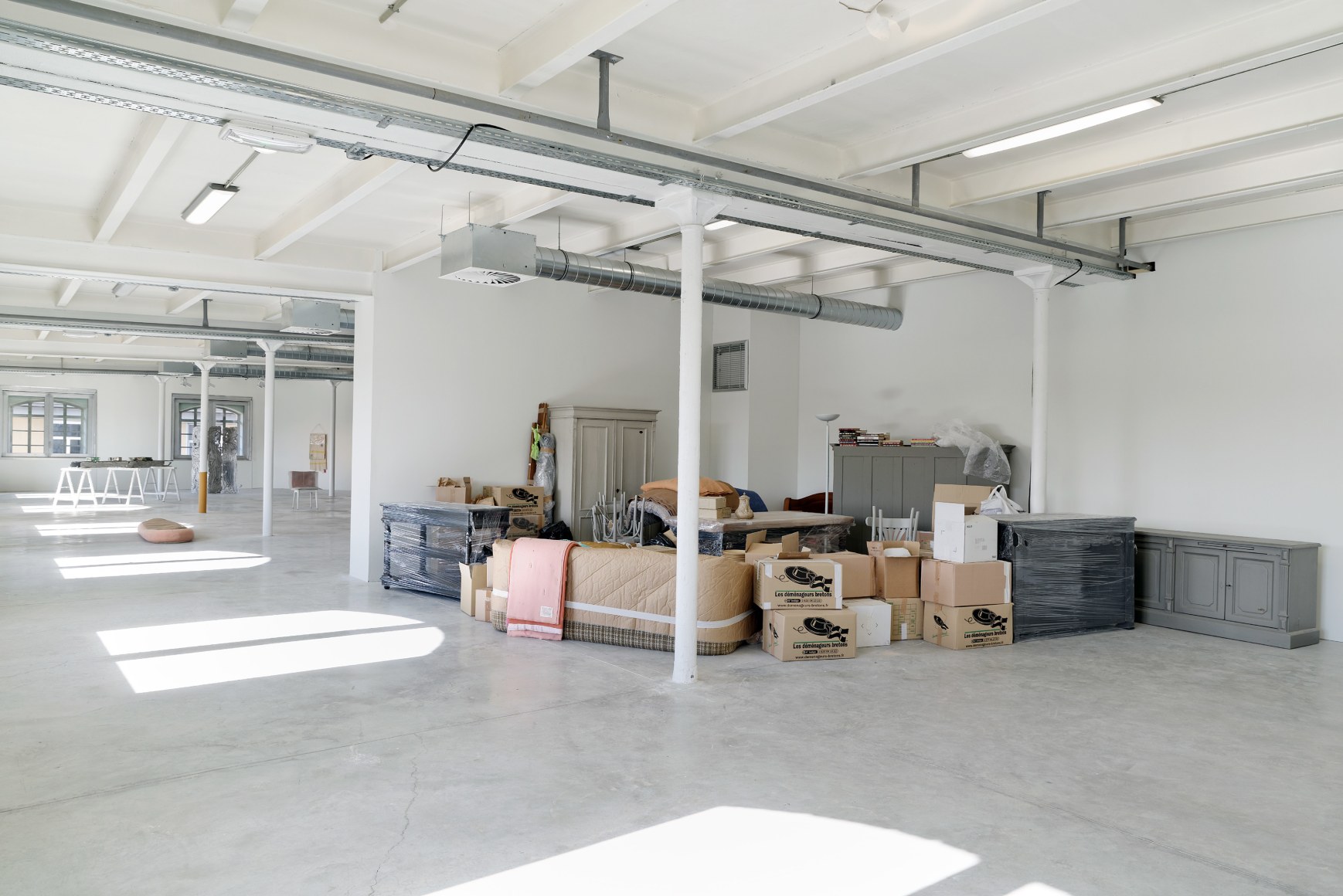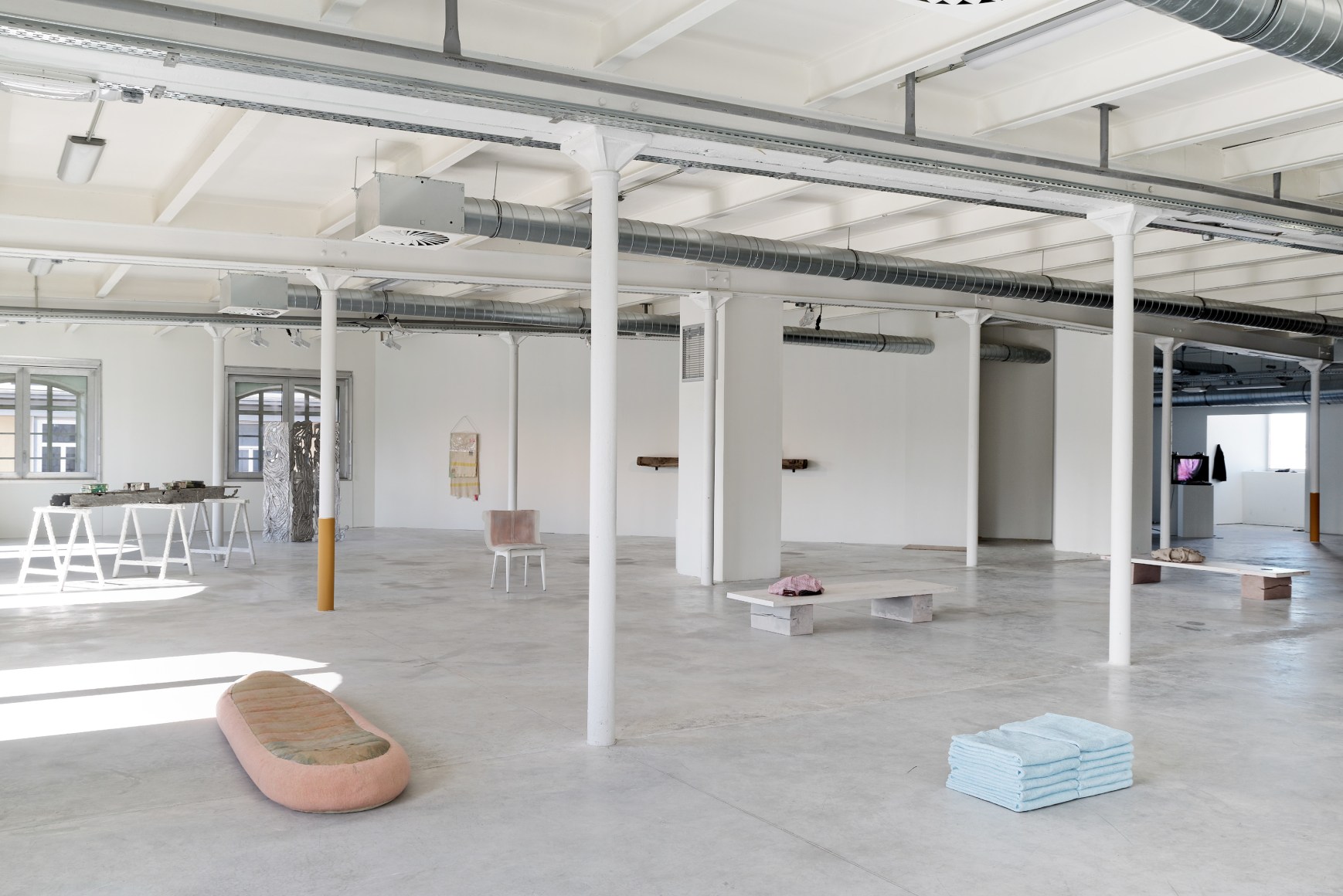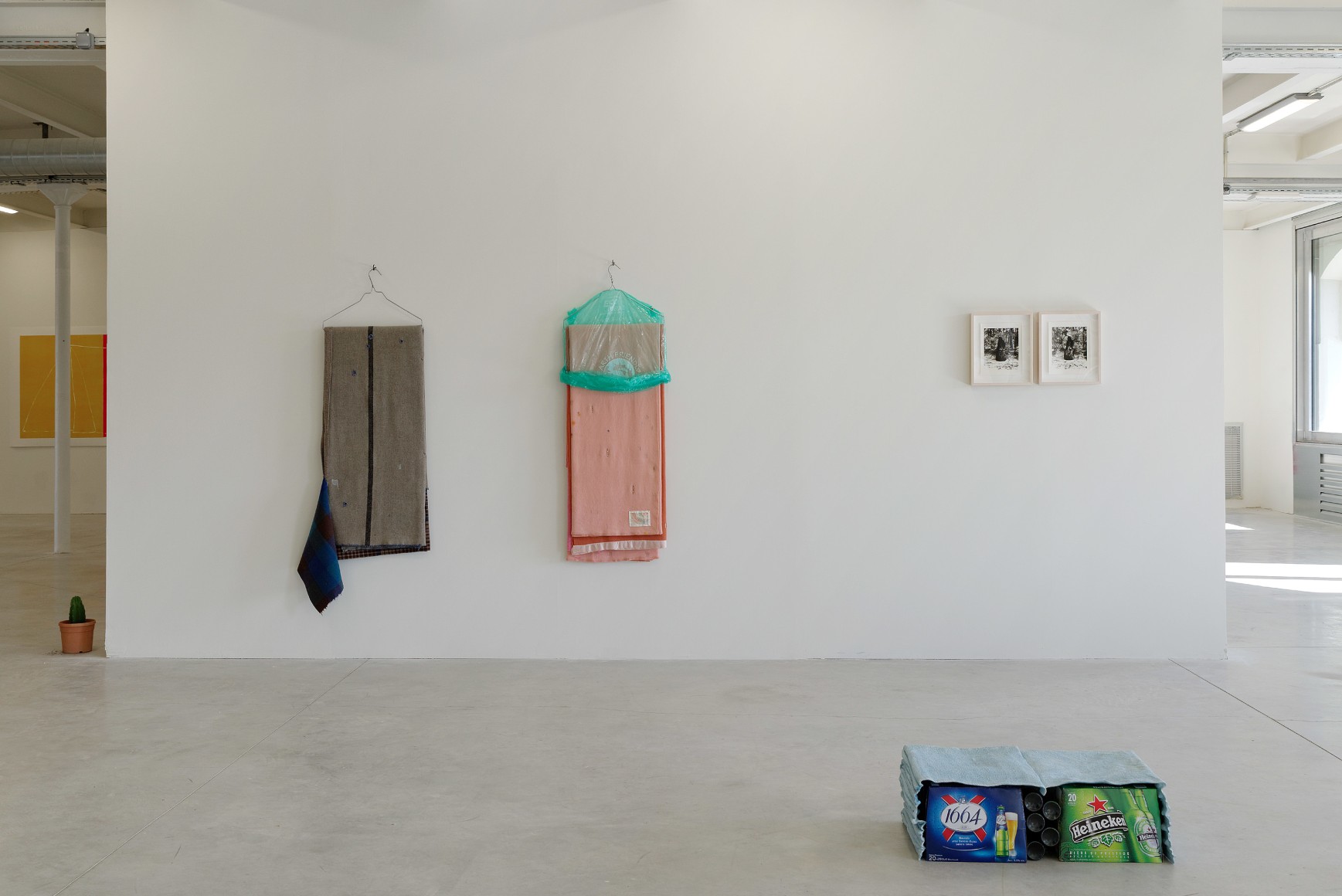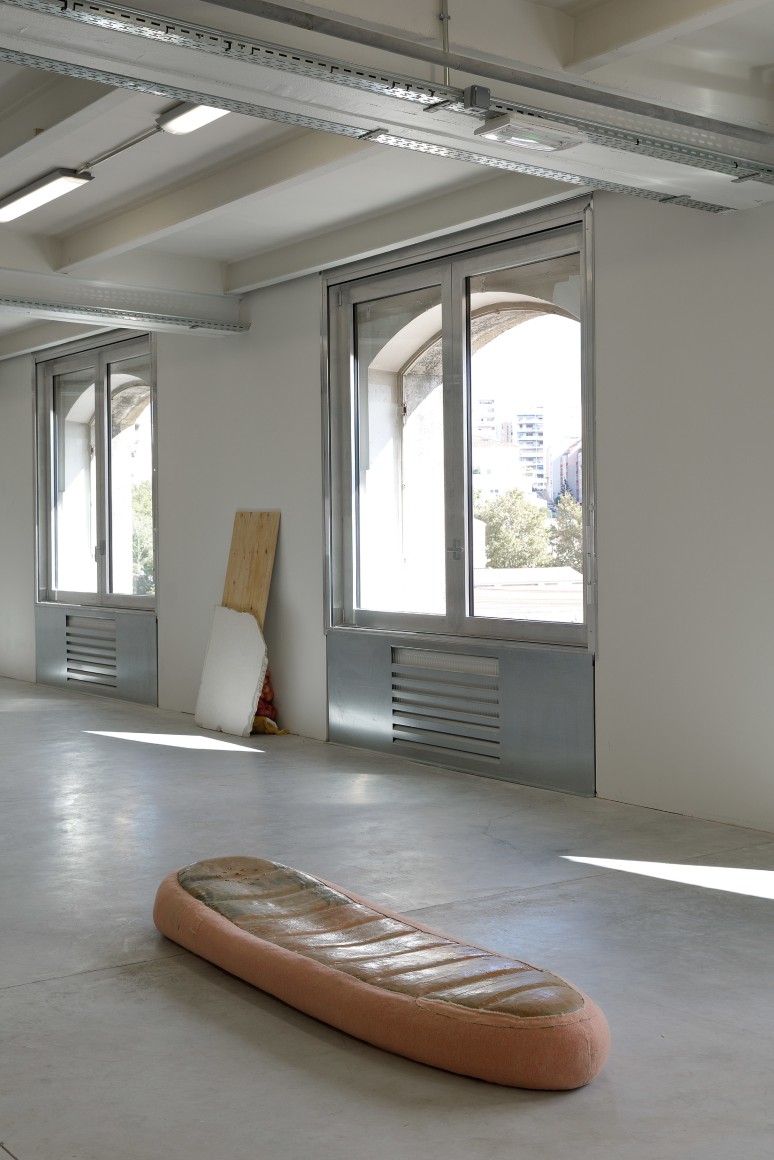Triangle France is pleased to announce the first European solo exhibition by Canadian artist Liz Magor. Gathering a rigorous selection of her works from the past 20 years as well as new works, No Fear, No Shame, No Confusion is an unprecedented presentation of Liz Magor’s work in Europe since her participation in Documenta VII in Kassel (1987). This solo exhibition opens towards a specific reading of her work through a dialogue with artists sharing a similar sensibility, interests, or processes. Three artists were commissioned new works and invited to present their practice in dialogue with hers: Jean-Marie Appriou, Laure Prouvost and Andrea Büttner, whose woodcut from 2006: No Fear, No Shame, No Confusion gives the exhibition its title.
Since the mid-1970s, Liz Magor has contributed a vast body of work across sculpture and photography exploring with measure and subtlety the layers of information shaping what is apparent in objects and people, how they reveal themselves, claim to be, or pretend. From her early ‘machines’ that automatically processed mundane materials and produced sculptural forms, to her photographic series documenting historical reenactment groups in the early 1990s, she has sought to reveal how meaning can be concealed and generated, released and reproduced. Often referencing domestic environments, as well as exploiting the belief that nature is the ideal or authentic refuge, Liz Magor questions the desire and sometimes compulsion for emotional and physical comfort, and the fragility of the human body and identity. The works gathered in this exhibition, some of which have been created especially for the occasion, are shown together for the first time and constitute a precise selection of sculptures from the past twenty years. Amongst them, her famous One Bedroom Apartment (1996), her ambiguous cast objects from the past decade, and her latest works on textile using found blankets, which through alterations, she has bestowed with attributes releasing parts of their history and temperament. Re-using, duplicating and transforming objects coming from a daily life that is already done consuming them, Liz Magor addresses their status and inconsistency, and reveals their anxiety.
If anxiety and confusion are recurrent emotions addressed by Liz Magor’s work, feelings of shame and embarrassment are at the core of the conceptual and formal work Andrea Büttner has developed for the past ten years. Ranging from traditional media like woodcuts to video and performance. Her work is concerned with systems of judgment, values and vulnerability. She sees shame as a productive emotion, politically valuable as a heuristic feeling: a feeling reflecting on cultural conventions regarding what we are supposed to show or hide. For the past three years, she has been developing a body of works focusing on a sisterhood of nuns who manage an arcade in a small amusement park in Ostia, near Rome. Shown for the first time in 2012 for Documenta XIII, the video Little Sisters: Lunapark Ostia (2012) is at the center of Andrea Büttner’s proposition for this exhibition. She created a new projection display for the video, entirely made in blue fabric manufactured for work uniforms. The shape evokes as much a tent from a temporary market tent as the iconography of the Virgin of Mercy, typically showing a group of people sheltering for protection under the outspread cloak of the Virgin Mary. The heavy materiality of the fabric and two different shades of blue bring together a socio-historical context with an art-historical discourse on the use and symbol of colors. Alongside with this proposition, Fallen Lassen (2010) is a conceptual work based on instructions for gestures performed during the installation of the exhibition. Each of these gestures consists in letting something fall down expressing an affirmative attitude to falling.
References to folklore, beliefs systems, and the use of traditional technics are a recurrent element of young French artist Jean-Marie Appriou. Using outmoded techniques like stone cutting, woodcarving, ceramic, metal casts and fur tanning, Jean-Marie explores the myths surrounding the figure of the artist and in which figures can appear from raw matter. Though grounded in tradition, Jean-Marie Appriou does not operate in the craftsman way of respect towards it. His way of approaching the process is the one of an adolescent teaching himself how to make something DIY in his parent’s backyard while being on acid.
This experimental approach, creating objects and stories where everything seems possible to the point of a complete loss of markers is probably present in the strongest manner in the work of Laure Prouvost. For this exhibition, she created an immersive video installation, which comes as the latest episode narrating the lives of her fictional grand father, a conceptual artist who supposedly disappeared while performing his last grand work consisting of digging a tunnel to Africa from the middle of his living room. After creating the Grand Father’s living room at Tate Britain earlier this year (Wantee, 2013), Laure Prouvost is now concentrating on the sorrow and dreams of the Grand Mother, Grandma’s Dream work for which she is, with Wantee, the winner of the prestigious Turner Prize 2013. Images, sounds, objects, misspellings and successive translations seem to auto-generate a narration which leads us to look at our surrounding in a way where what we see might not be what it seems.
(Source)

